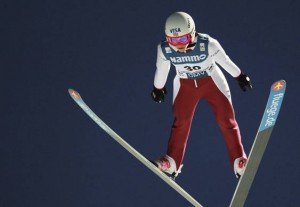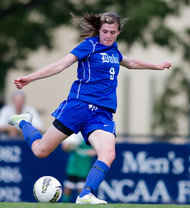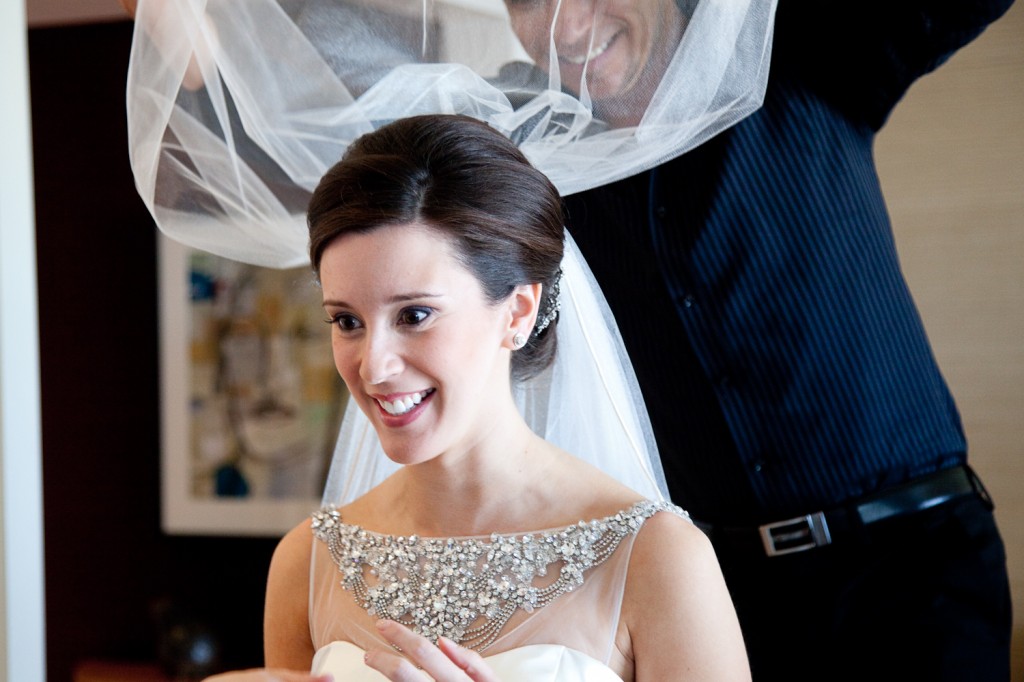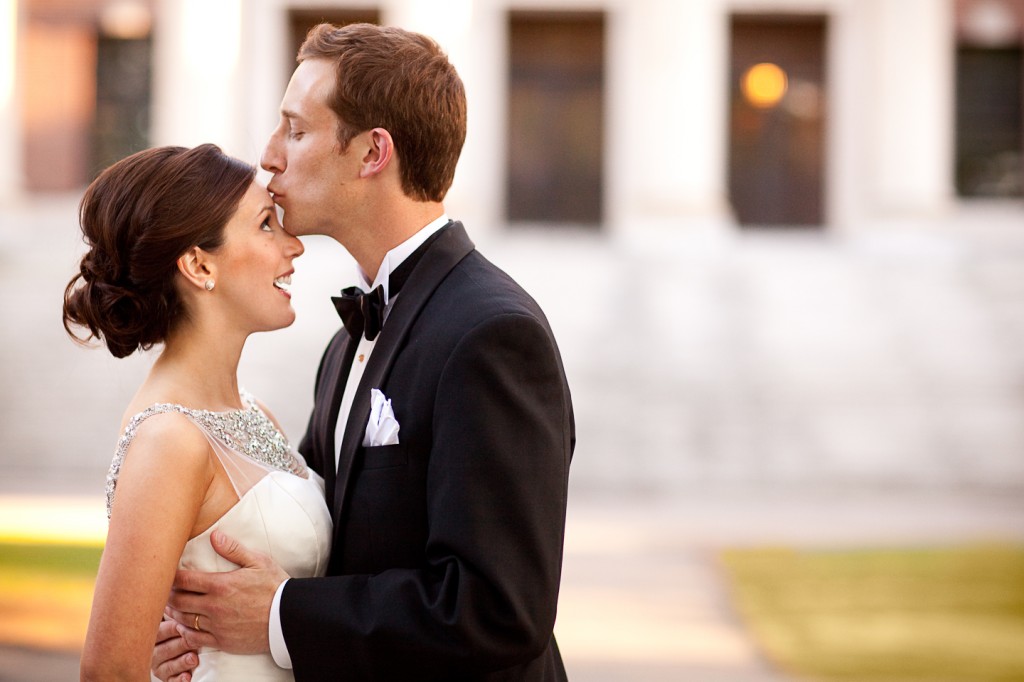Princess means that you're a loser!
A lot of feminists might agree with this sentiment-- especially with the recent release of Disney's newest princess targeted at the preschool set, Sofia the First.

But it was a child beauty pageant mom who uttered this line during the continuing fourth season of TLC's Toddlers & Tiaras, which returned on December 7th.
The format is similar (introduce moms and kids at home, mock their hometowns, cover their pageant preparations, expose some sort of hijinks, show them arriving at pageant, getting ready, some pageant drama, and crowning) as are many of the themes ("beauty hurts," girls wanting to be Miss America, comparisons to dog shows, likening pageants to a drug/addiction). As I've said before I think many moms on this show are upping the crazy ante to get more screen time, and it seems that Michelle Leonardo, the reigning Miss New Jersey USA (herself a former child beauty pageant queen) agrees with me.
And, clearly, we have some new crazy to process. In the December 14th episode (set in the Midwest) it's princess meltdown mom, Kelly, who compares pageants to an addiction. Click below to see her expletive-laced explosion during crowning after she thinks her daughter didn't "pull" for a higher title.
In addition to showing this intense hissy fit, the new season has also brought us Riley, Bob, and Bob's rat tail in another episode (focused on a "Glitzmas" pageant in the Northeast). Bob and Riley's parents both love drag shows and cite drag queens as an inspiration in their children's pageant preparations. While there are clearly some similarities between drag and child beauty pageants, such an explicit connection is rare.
I also see a lot of similarities between child beauty pageants and Gypsy/Irish Traveller clothes and customs (which I suppose have their own similarities with drag), as I've written about before. While TLC covers both subcultures, I've never seen them make an explicit connection between the two. If you're interested in more Gypsy/Traveller dresses check out the new TLC Gypsy Christmas Special, which premiered this week; the ones shown on wedding guests and at the First Communion in Ireland are especially noteworthy.
TLC isn't the only network giving us recent portrayals of child beauty pageants. On December 11th CBS' CSI: Miami was about a murder at a child beauty pageant. The episode, "Crowned," had the following program description: "The CSIs expose the seedy underbelly of children's beauty pageants when a contestant's mom is murdered." While the episode used the proper lingo for pageant terms, it did have the wrong look overall (for instance, the pageant was held outside and many of the dresses shown were outdated pageant styles). It also featured common complaints about child beauty pageants-- that kids should just be kids, that they shouldn't look like dolls, that it puts them on display, etc. While the fictional murder case was the opposite of the JonBenet Ramsey murder, since it was the mother who died, that didn't stop the show writers from introducing a sexual molestation angle.
I actually believe that the constant attempts to link child beauty pageants to pedophilia are a bit unfair. I'm not trying to defend pageants and say that they don't in fact place girls in sometimes sexual situations, because I think they do. But the reality is that there has never been a reported case of child molestation because of child beauty pageants-- yet media portrayals consistently draw this link (another recent TV example: On September 29th of this year an episode of It's Always Sunny in Philadelphia, called "Frank Reynolds' Little Beauties," features a molester who uses child pageants to find young girls to ogle).
Yes, there was evidence that JonBenet was molested, but it has never been proven that she died because of the pageants connection. And, sure, we don't know for sure that young girls haven't been abused because of child beauty pageants-- it just may never have been reported. There have been instances where pictures of pageant girls have appeared on websites that they shouldn't have, but this is true of Facebook pictures as well. Given all the recent sexual abuse scandals in youth activities (and specifically girls in gymnastics), which I've written about here, it strikes me as odd that we don't pay more attention to activities where we know girls have been abused. Having been to so many different children's competitive events for research purposes, I can say that child beauty pageants are far more careful about who is allowed around these young girls than any other activity. They really aren't open to the public and males are kept away from girls. I understand why pageants are an easy target, but I wish the media would sometimes pay more attention to where we know the bad guys really are.
It's also true that pageants can help some girls. I have long been a fan of the MTV series Made. Becoming a pageant queen is a pretty common goal on this show and two new episodes (on 12/3 and 12/12) focused on seventeen-year-old girls training to compete in beauty pageants in New England and in Missouri. Both featured great, supportive, flamboyant, male coaches and spirited and well-spoken teenage girls. While neither "won" the top title, both did well and learned a lot. You can watch one of the episodes in full here. I love how both girls became role models in their own ways, too (unlike Miss USA 2010 Rima Fakih, recently arrested for drunk driving).
In spite of some flaws I know I'll keep watching Toddlers & Tiaras, Made, and any other pageant shows. And I will for sure be watching the Miss America pageant, live on ABC on Saturday, January 14th-- even if I don't agree with most of their picks for judges this year! I'll also be keeping a close eye on what happens with former Miss America Rebecca King's daughter, Diana Dreman, Miss Colorado (especially as I will likely be watching with my newborn son by then... at least I hope I will).
 ETA: On the night I posted this a new episode of TNT's Rizzoli & Isles aired. Its title? "Don't Stop Dancing, Girl." The episode was about a murdered dance mom, who stumbles on stage during a routine with a pair of scissors sticking out of her neck. The first half of the episode (recapped here), focuses on "Dance Moms"-like antics (moms screaming at one another, a security guard in the dance studio waiting area to monitor the moms, a mean teacher who yells, etc.). Of course, as it turns out, the murder has *nothing* to do with dance competitions and instead involves a drug-trafficking ex-husband and witness protection.
ETA: On the night I posted this a new episode of TNT's Rizzoli & Isles aired. Its title? "Don't Stop Dancing, Girl." The episode was about a murdered dance mom, who stumbles on stage during a routine with a pair of scissors sticking out of her neck. The first half of the episode (recapped here), focuses on "Dance Moms"-like antics (moms screaming at one another, a security guard in the dance studio waiting area to monitor the moms, a mean teacher who yells, etc.). Of course, as it turns out, the murder has *nothing* to do with dance competitions and instead involves a drug-trafficking ex-husband and witness protection.
Despite this the episode did produce some funny/interesting quips-- especially linking child beauty pageants and dance competitions, along with other competitive kids' activities. First example: "It's like Little League. With Sequins." Another described the competition as a "beauty pageant with rhythm." In defense of dancers , Rizzoli comments that dancers are athletes in costumes who practice 40 hours per week; she compared them to figure skaters.
Probably the most accurate and interesting thing to me in the episode was the focus on the girls' birth certificate, which a dance mom claimed was forged. This ultra-competitive mom claimed that the dead mom was trying to help her daughter win against younger competitors. As it turns out, the birth certificate was faked to help hide her from her dangerous dad. But parents manipulating kids' ages to give them an advantage against younger competitors has actually happened (most famous case is Danny Almonte), and it is a frequent allegation in all kids' competitive activities.
I wonder which show will next tackle beauty pageants and dance competitions? I could see Rizzoli & Isles doing on episode on Irish Dancing, given its Boston setting.







